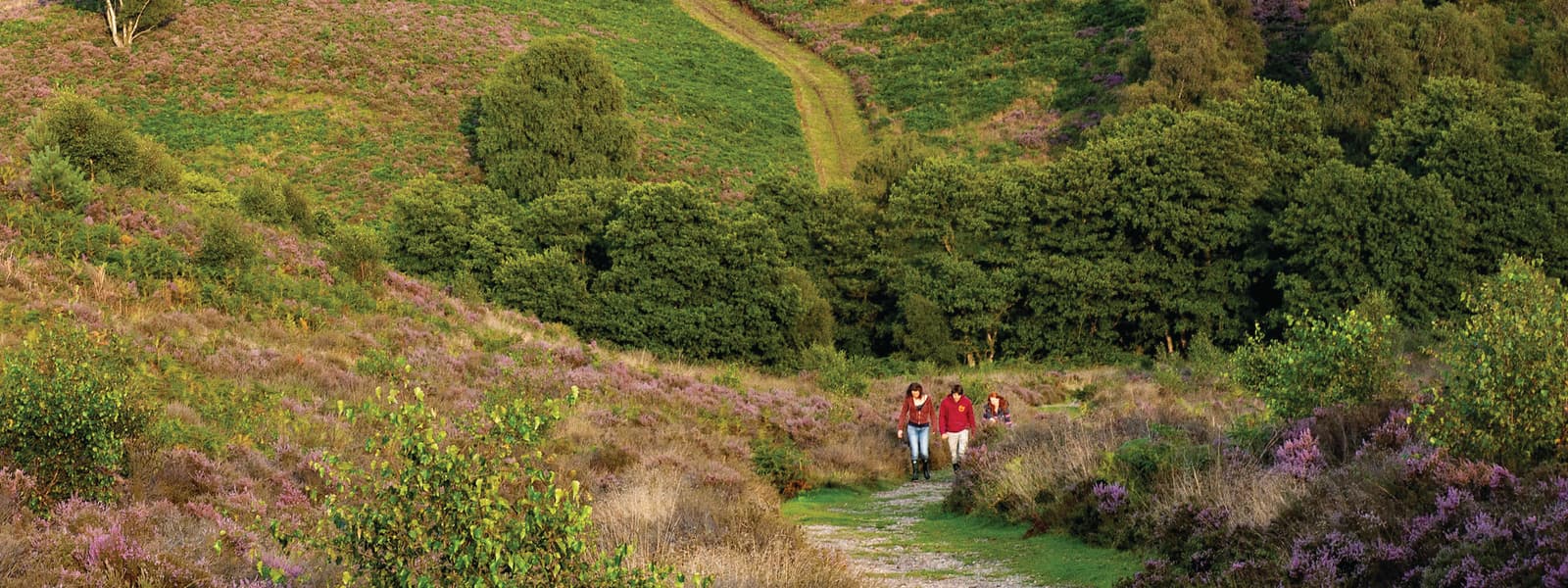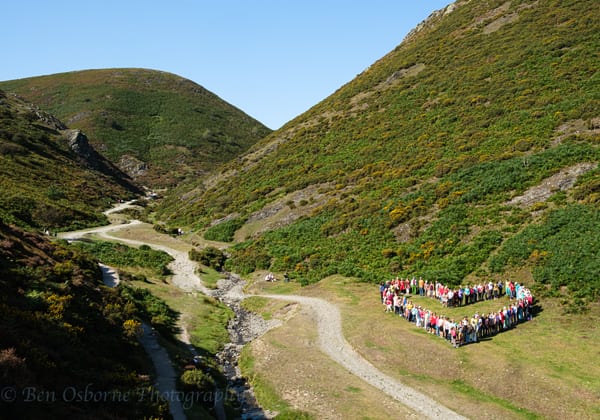Cannock Chase National Landscape
Nestled in Staffordshire in the heart of the Midlands, Cannock Chase is mainland England’s smallest National Landscape at just 69 square kilometres (26 square miles). The heathlands are the most extensive in the region and are designated a Special Area of Conservation (SAC). So many aspects of this 1,000 year old former medieval royal hunting forest make it special.
Lying on an elevated sandstone plateau, forest and heath dominates the core of the Chase, fringed with historic parklands and mixed farmland, with the Trent valley to the north and the highest point is from the Castle Ring Iron Age hillfort at 242 metres, to the south. It has high ecological value, the SAC provides a stronghold for endangered wildlife like the nightjar, woodlark, adder, bog bush-cricket and our own Cannock Chase berry. Wild deer still roam and areas of ancient woodland still survive. These habitats contain veteran oak trees over 400 years old.
Some of the nation’s most important historic heritage and military history is on Cannock Chase with over 1,000 cultural heritage assets, including two of the largest Great War training camps in England. The German Military Cemetery, dedicated in 1967, contains nearly 5,000 burials from both World Wars. Together with the nearby Commonwealth Cemetery and other smaller memorials, these are poignant reminders of the human cost of conflict. There are 7 scheduled monuments, 66 listed buildings, historic parks and gardens, 5 conservation areas covering historic villages and canals as well as important archaeology.
The proximity of Cannock Chase is within easy reach for many people seeking to get outdoors, enjoy the fresh air and to be active. It receives an estimated 2.5 million visitors each year, making it the most densely visited of any of the UK’s protected landscapes. Visitors can explore the 58% of the Chase that is open access land, as well as the 157 kms of public rights of way that criss-cross the area including sections of long distance paths such as the Heart of England Way and Staffordshire Way. Walking, cycling and horse riding are popular past-times.



